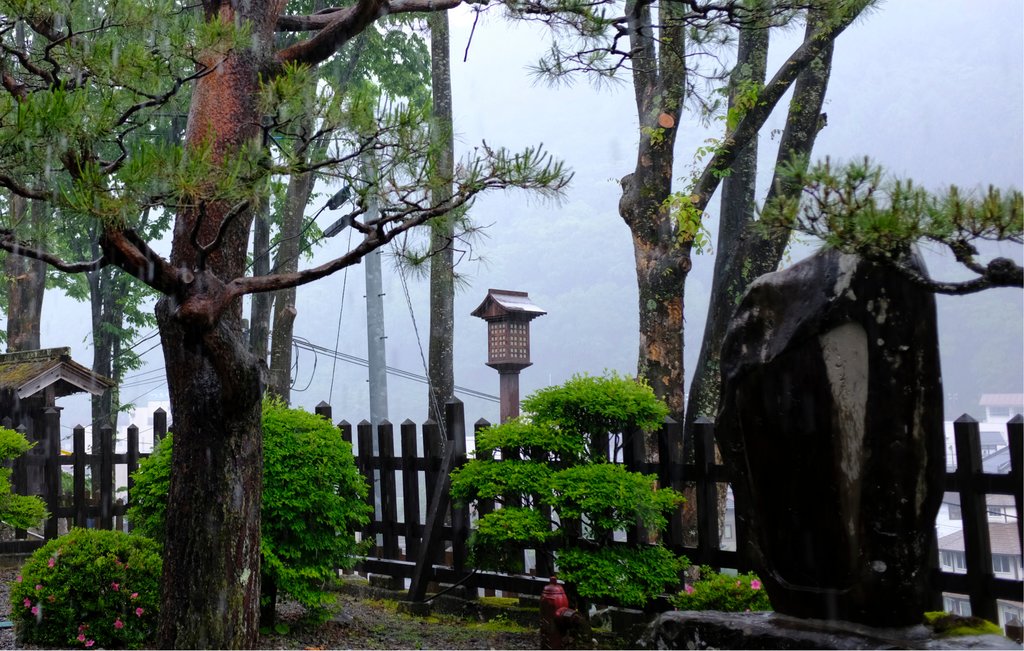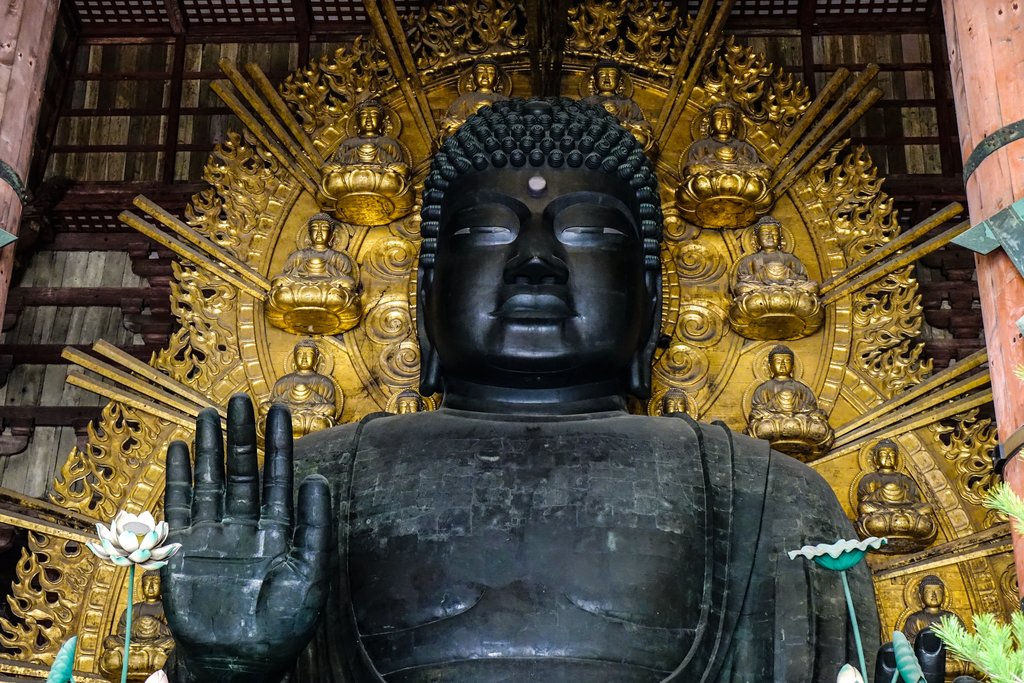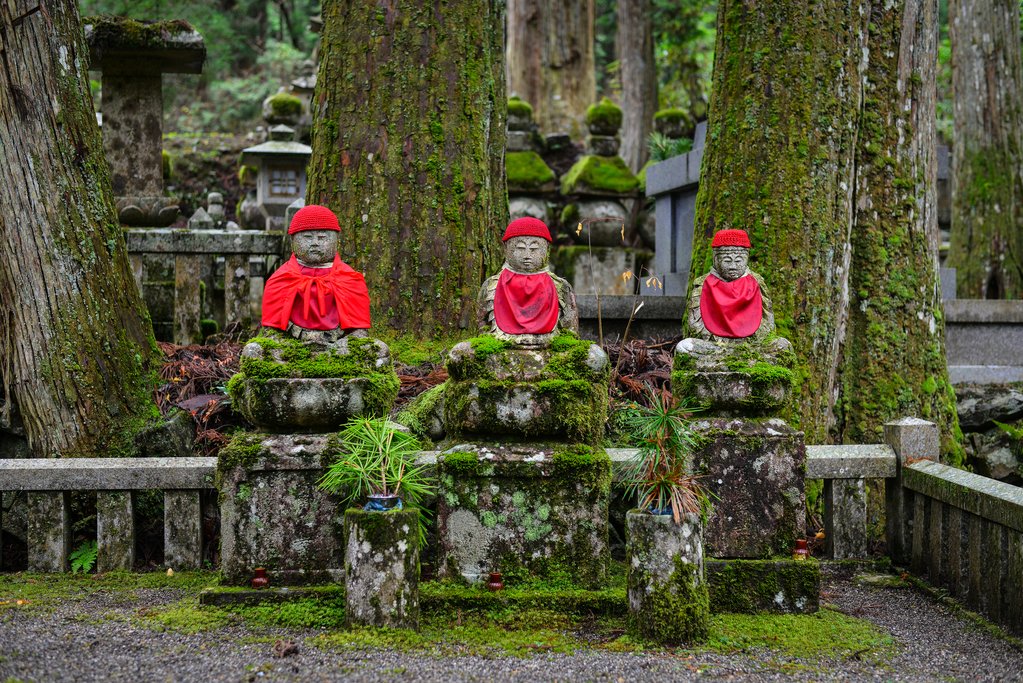Highlights
- Spend four days walking the Nakasendo Trail, visiting samurai-era post towns
- Visit Nara, Japan's first permanent capital, and discover its temples and gardens
- Explore Mount Koya's Okunoin Cemetery and stay at a Buddhist monastery
- Discover Kyoto's geisha district and world-famous temples
Brief Itinerary
| Day | Highlights | Overnight |
|---|---|---|
| Day 1 | Arrive in Tokyo | Tokyo |
| Day 2 | Walking Tour of Tokyo | Tokyo |
| Day 3 | Nakasendo Trail from Kiso-Hirasawa to Narai | Narai |
| Day 4 | Walk to Yabuhara via the Torii Pass, Train to Kiso-Fukushima | Kiso-Fukushima |
| Day 5 | Train to Nojiri, Walk from Nenoue-Toge Pass to Tsumago | Tsumago |
| Day 6 | Walk to Magome, Bullet Train to Nara | Nara |
| Day 7 | Guided Tour of Nara, Free Afternoon | Nara |
| Day 8 | Transfer to Yoshino, Explore | Yoshino |
| Day 9 | Mount Koya | Mount Koya |
| Day 10 | Transfer to Kyoto | Kyoto |
| Day 11-12 | Morning Walking Tour, Depart from Kyoto | Kyoto |
Detailed Itinerary
Day 1: Arrive in Tokyo

Meet your guide at the hotel in the evening, then enjoy a welcome dinner for the group at a nearby restaurant.
Day 2: Walking Tour of Tokyo

Today you'll take a walking tour of Tokyo, starting at Nihonbashi ("Japan Bridge"). This bridge has served as the zero marker point for Japan's main roads since the Edo period. Afterward, visit Ueno and the Tokyo National Museum to see exhibits dating from the Edo era, the heyday of the Nakasendo Trail. (If the Museum is closed, you will visit the Kappabashi restaurant supply district, famous for its kitchenware and the plastic models of food used in Japanese restaurant displays.)
Continue on to the Meiji Jingu, the shrine dedicated to Emperor Meiji, and then to the fashionable Harajuku district. In the evening your tour guide will offer suggestions for restaurants.
Day 3: Nakasendo Trail from Kiso-Hirasawa to Narai

Your travels through rural Japan begin with a trip to the remote Kiso Valley. Over the next three days, you'll walk from village to village, staying in ryokan and minshuku, two types of small, family-run lodgings. Today, enjoy a lunch of buckwheat noodles in the town of Shiojiri, then walk from Kiso-Hirasawa to Narai. Kiso-Hirasawa is known for its lacquerware; you may have a chance to see craftsmen at work. Tonight you'll stay in Narai, a well-preserved post-town, in an atmospheric traditional minshuku.
Walking distance: 1.6 miles (2.5 km)
Elevation gain: negligible ascent and descent
Walking duration: 1 hour
Day 4: Walk to Yabuhara via the Torii Pass, Train to Kiso-Fukushima

On your second day on the Nakasendo Trail, you'll walk from Narai to Yabuhara via the Torii Pass and continue by train to Kiso-Fukushima. You'll stay in a traditional ryokan with its own natural hot spring. Soak in an indoor bath made from cypress wood, or try the outdoor baths surrounded by trees.
Walking distance: 3.9 miles (6.2 km)
Elevation gain: 885 feet (270 m) ascent; 1,128 feet (344 m) descent
Walking duration: 3 hours
Chat with a local specialist who can help organize your trip.
Day 5: Train to Nojiri, Walk from Nenoue-Toge Pass to Tsumago

Travel from Kiso-Fukushima to Nojiri by train, then take a taxi to the Nenoue-Toge Pass. You'll walk along a tranquil section of the Nakasendo Trail through small settlements and rice fields to Tsumago or the nearby hamlet of O-Tsumago. Just a few decades ago, Tsumago was falling into disrepair, but the residents saved and restored the town. They adopted strict rules prohibiting the sale, rental, or demolition of Tsumago's historic houses. Tsumago is a living museum that the local residents still inhabit.
Walking distance: 8.7 miles (14 km)
Elevation gain: 1,129 feet (344 m) ascent; 2,275 feet (723 m) descent
Walking duration: 4.5 hours
Day 6: Walk to Magome, Bullet Train to Nara

Today you'll walk from Tsumago to Magome, your last stop in the Kiso Valley. The route from Tsumago to Magome is the best-preserved part of the Nakasendo Trail. Enjoy lunch in Magome and explore the many small shops along the main street. You might also try gohei-mochi, skewered sticky rice covered in a sweet paste of miso, walnuts, and sesame. After lunch, you'll travel by local train and shinkansen (bullet train) to Nara.
Walking distance: 5.2 miles (8.3 km)
Elevation gain: 1,410 feet (430 m) ascent; 1,069 feet (326 m) descent
Walking duration: 3 hours
Day 7: Guided Tour of Nara, Free Afternoon

Enjoy a guided walk in Nara this morning. Some of Japan's greatest cultural treasures are concentrated in and around Nara, including eight UNESCO World Heritage Sites. Many of these sites are in or near Nara Park, home to a thousand or more free-roaming deer.
You'll visit two World Heritage Sites on your walk, Kasuga Taisha shrine and Todai-ji temple. Todai-ji Daibutsu-den ("Great Buddha Hall") is the largest wooden building in the world, built to house a 53-foot (16-m) bronze and gold image of the Rushana Buddha. Afterward, you'll have some free time to relax, visit a garden or wander through the old town.
Day 8: Transfer to Yoshino, Explore

From Nara, you'll travel to the ridge-top village of Yoshino and stay in a comfortable ryokan. Yoshino is a UNESCO World Heritage Site, one of the most famous places in Japan for viewing springtime cherry blossoms. You'll visit Yoshimizu Shrine, associated with Minamoto no Yoshitsune, Emperor Godaigo, and Toyotomi Hideyoshi, and explore the area.
Day 9: Scenic Train to Mount Koya

Take the scenic train to Mount Koya, high in the mountains of the Kii Peninsula. Since the ninth century, Mount Koya has been a place of religious devotion and ceremony. Today there are more than 100 monasteries, many of which offer shukubo (temple lodgings). Visit the Kongo-buji temple and walk through the Okunoin Cemetery, Japan's largest. Tonight you will stay in a shukubo and dine on shojin-ryori Buddhist vegetarian cuisine. Tomorrow morning, you can rise early and join the Buddhist morning service if you wish.
Day 10: Train to Kyoto

Today you'll take the train to Kyoto and check into your hotel. Kyoto was Japan's capital for centuries and is still considered the country's cultural heart. In the evening, take a walk in Gion, Kyoto's geisha district. You may have an opportunity to see a geiko (fully-fledged geisha) or maiko (apprentice geisha) walking on Gion's narrow streets.
Day 11-12: Morning Walking Tour, Depart

On your morning guided walking tour, you'll visit the Sanjo Ohashi bridge, which marks the western end of the Nakasendo Trail. You'll continue to Nanzenji, a peaceful 13th-century Zen Buddhist temple. Stroll along the Philosopher's Path beside the waters of a small canal. The path, lined with craft shops, cafés, temples, and shrines, ends near Ginkaku-ji, the "Silver Pavilion." You'll have free time in the afternoon to explore or shop. In the evening, enjoy a farewell dinner with your guide.
After breakfast at your hotel in Kyoto on Day 12, your tour comes to an end. Your guide will be available to offer assistance and advice for traveling to the airport to catch a flight and for onward travel if you plan to extend your stay in Japan.
More Great Japan Itineraries
Looking for more inspiration for your trip to Japan? Check out these other Japan itineraries, explore different ways to spend 12 days in Japan, or discover the best time to visit Japan.
A note on diacritical markings: In order to support the best technical experience and search functions, diacritical markings have been omitted from this article.


